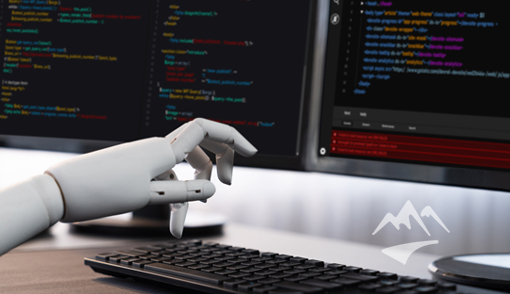Published on
AI coding assistants transform how developers write software by autocompleting functions, suggesting refactors, and even generating tests. But with convenience comes risk. How can engineering teams harness these tools without compromising security, privacy, and productivity?
Key Considerations When Choosing an AI Coding Assistant
Data Privacy & IP Protection
Codebases are the organization's intellectual property and often contain sensitive logic, business secrets, or regulatory data. Before adopting a tool, ask:
- Where is the code going? Is it stored, logged, or used to train the model?
- Can you opt out of data collection entirely?
- Are strong contractual and technical privacy guarantees in place?
- How does this tool ensure tenant isolation in a multi-user environment?
Security Capabilities
AI-generated code can be created quickly, but not always securely. Consider tools that do more than autocomplete lines of code.
- Can the tool detect insecure coding patterns or secrets in real time?
- Does it integrate with existing SAST/DAST tooling?
- Does it help identify risky API or library use?
- Can the assistant identify security issues in real time during code generation?
Accuracy & Context Awareness
Context is king in software development. Evaluate how well the AI understands and adapts to different codebases.
- Does it support multi-file awareness and cross-project context?
- How often do its suggestions compile, pass tests, or follow conversations?
- Can it explain its suggestions, or just complete lines of code?
Workflow & IDE Integration
Adoption will suffer if the tool doesn’t fit into the team’s workflow.
- Is it available inside your preferred IDE?
- Does it support inline edits, terminal commands, or test generation?
- Can it hook into CI/CD workflows or Git pre-commit hooks?
Enterprise Controls
Governance matters at scale. Managing risk, enforcing policy, and responding to incidents without centralized controls becomes difficult.
- Is there support for RBAC, IAM, or audit logging?
- Can you set organization-wide usage policies?
- Is the tool compliant with industry regulations (SOC 2, HIPAA, GDPR, etc.)?
Cost & Scalability
Pricing models vary widely, some per user, others per token, and some by usage tier.
- Does the pricing model support team-wide rollout?
- Are there usage caps or fair use policies?
- Is there a free trial or equivalent for testing?
Best Practices for Secure and Responsible Use
Even the best AI tool isn’t a silver bullet. To maximize value and minimize risk, organizations need to establish clear expectations and provide training on how AI-generated code should be used, reviewed, and tracked.
Below are practical guidelines to help developers use AI coding assistants responsibly, without undermining the secure development lifecycle (SDLC).
Use AI Output as a Starting Point, Not Ground Truth
AI-generated code might compile, but that doesn’t mean it’s safe or correct. Use AI like you would an intern: helpful, but in need of review.
Scan AI-Generated Code for Vulnerabilities
Run static analysis on AI-generated output just like you would on human-written code. Look for unsafe functions, missing validations, or generic error handling.
Never Paste Secrets or Production Data into Prompts
Even tools with strong privacy claims should not receive secrets, credentials, or proprietary logic. Use dummy data or environment variable references during experimentation.
Ask for Explanations and Tests
Use AI tools to generate unit tests and explain their output. This deepens understanding and encourages thoughtful use, not blind trust.
Track AI-Generated Code
Label AI-assisted code with comments or commit messages. This helps future maintainers audit or refactor responsibly.
Don’t Isolate AI Code from Peer Review
Encourage developers to highlight AI-assisted sections in PRs and have reviewers check logic, error handling, and assumptions.
Final Thoughts
AI coding assistants can increase developer productivity, but only if paired with a commitment to secure software practices. Choose tools that prioritize security, empower teams with guidance and policy, and make AI part of the secure development lifecycle (SDLC), not a shortcut around it.


